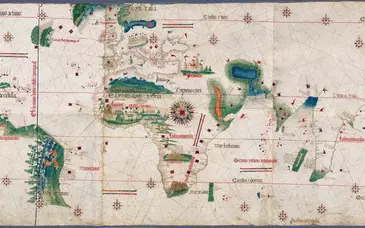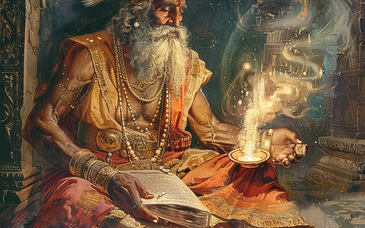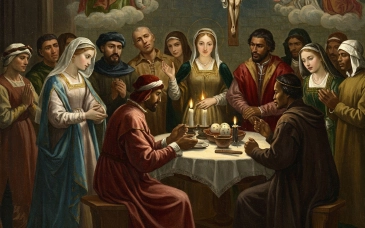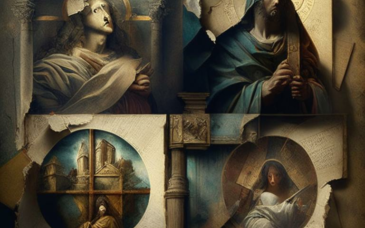It is sometimes argued that, since all of the world's major religions hold to similar systems of morality, it doesn't really matter which religion you hold to, as long as you hold to one of them. They all lead to the same place.
On the other hand, it is also sometimes argued that there cannot be any moral absolutes since each culture holds to a totally different set of morals.
These objections cannot both be true at the same time. Either the world's major religions hold to similar systems of morality, or they do not. C. S. Lewis believed that they do, and he collected traditions from all over the world to prove his point. This collection appears in the appendix to his book, The Abolition of Man.1
According to Lewis, there is a single source for all value judgements. He writes:
The thing which I have called for convenience the Tao, and which others may call Natural Law or Traditional Morality or the First Principles of Practical Reason or the First Platitudes, is not one among a series of possible systems of value. It is the sole source of all value judgements. . . . The effort to refute it and raise a new system of value in its place is self- contradictory.2
The attempt to discard "traditional" values cannot succeed without assuming that there is some other higher set of values:
A great many of those who "debunk" traditional or (as they would say) "sentimental" values have in the background values of their own which they believe to be immune from the debunking process.3
Thus, there can never be a new system of values:
What purport to be new systems or (as they now call them) "ideologies" all consist of fragments of the Tao itself, arbitrarily wrenched from their context in the whole and then swollen to madness in their isolation, yet still owing to the Tao and it alone such validity as they possess.
This great principle of morality is common to all of the great religions:
In early Hinduism that conduct in men which can be called good consists in conformity to, or almost participation in, the Rta--that great ritual or pattern of nature and supernature which is revealed alike in the cosmic order, the moral virtues, and the ceremonial of the temple. Righteousness, correctness, order, the Rta, is constantly identified with satya or truth, correspondence to reality. As Plato said that the Good was "beyond existence" and Wordsworth that through virtue the stars were strong, so the Indian masters say that the gods themselves are born of the Rta and obey it. The Chinese also speak of a great thing (the greatest thing) called the Tao. It is the reality beyond all predicates, the abyss that was before the Creator Himself. It is Nature, it is the Way, the Road. It is the Way in which the universe goes on, the Way in which things everlastingly emerge, stilly and tranquilly, into space and time. It is also the Way which every man should tread in imitation of that cosmic and supercosmic progression, conforming all activities to that great exemplar. "In ritual," say the Analects, "it is harmony with Nature that is prized." The ancient Jews likewise praise the Law as being "true."This conception in all its forms, Platonic, Aristotelian, Stoic, Christian, and Oriental alike, I shall henceforth refer to for brevity simply as "the Tao." . . . What is common to them all . . . is the doctrine of objective value, the belief that certain attitudes are really true, and others really false, to the kind of thing the universe is and the kind of things we are.5
1 C. S. Lewis, The Abolition of Man (New York: MacMillan Publishing Co., 1947), pp. 93-121.
2 Ibid., p. 56.
3 Ibid., p. 41.
4 Ibid., p. 56.
5 Ibid., pp. 27-29.



